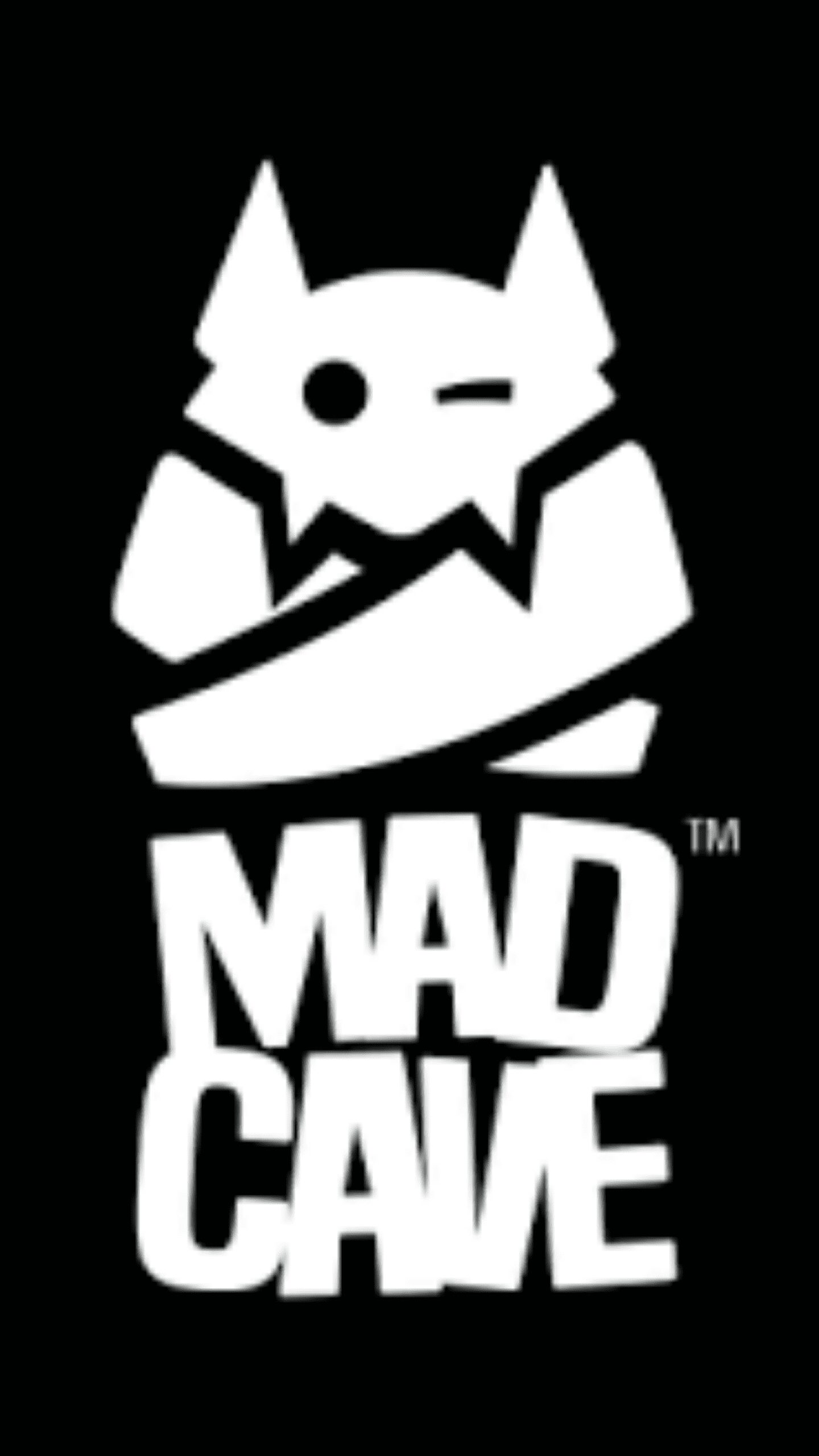Writer and Artist: Samuel Farinato
Before this tale begins, we are reminded of a saying by Friedrich Nietzsche warning us that when you put all your resources into something, be sure not to lose yourself in it, or however you want to interpret his words. It is unclear what era or where this comic takes place but it is immediately clear that a poor village in the middle of nowhere is under siege by a monster. To the rescue comes a wandering man, the hunter, who will be paid for dealing with the task.
The meat of the story is laid out for us, but there are many subplots being told at the same time. One of which is about the quick to judge villagers misunderstand the hunter an his readiness to help and assume he is out for profit. Although it is quickly shown that the hunter is not a scam artist looking to rob the village but truly trying to stop, not kill (his own personal tribulations)  this monster, which also may not be what it appears on the surface (a theme of the story and comic itself). Farinato uses grayscaled artwork to bring to life his story. From the background being faded out and non-important to the detailed character models, the illustrations and colors really set the scenes. Just like the story trying to unfold, we the reader need to not make quick judgments on the artwork because it lacks color and extremely detailed panels, but need to judge it for its wholeness and its ability to keep our focus on what is important.
this monster, which also may not be what it appears on the surface (a theme of the story and comic itself). Farinato uses grayscaled artwork to bring to life his story. From the background being faded out and non-important to the detailed character models, the illustrations and colors really set the scenes. Just like the story trying to unfold, we the reader need to not make quick judgments on the artwork because it lacks color and extremely detailed panels, but need to judge it for its wholeness and its ability to keep our focus on what is important.
The story alone is something that has been told through many mediums, and the artwork can easily blend in with illustrations one would draw as they imagined someone fighting a demon. Combined, however, the story and art really come together to complete this comic that in itself is a lesson told within a lesson. When you are reading a story that you feel like you have experienced over and over again, it’s the deeper meanings that if you can read into, really tells what the writer is actually trying to say (though heed the warning in the front to not stare to far into the abyss). I have the same feeling about the art style in this book, that on the surface it is just gray, but as you look closer and pay attention to what is darker and what is lighter, its clear to me that Farinato put more thought into the illustrations than what it appears at first look.
In the end, we learn a great deal more about the hunter and gain an understanding of who he is as a person, bringing the story full circle back to the words of Nietzsche “He who fights with monsters should look to it that he himself does not become a monster”. And for me, that is what this book was about, multiple examples of those words written in the opening. (Also note how Farinato also mentions that he himself “lost” himself within his own work, just another example of Nietzsche and the tone of the book).
Editors Note: This comic can be found on the ComicsFix App or at ComicsFix.com


